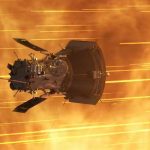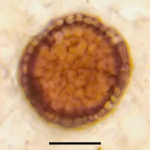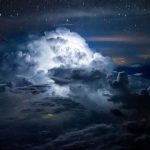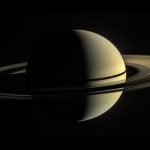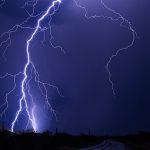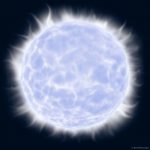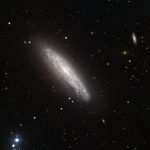NASA is about to announce its next generation of Earth-observing satellites. As soon as this month, it will lay out preliminary plans for a multibillion-dollar set of missions that will launch later this decade. This “Earth system observatory,” as NASA calls it, will offer insights into two long-standing wild cards of climate change—clouds and aerosols—while providing new details about the temperatures and chemistry of the planet’s changing surface. The satellite fleets also mark a revival for NASA’s earth science, which has languished over the past decade compared with exploration of Mars and other planets.

